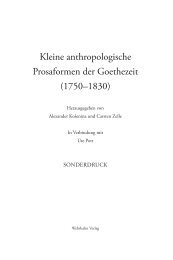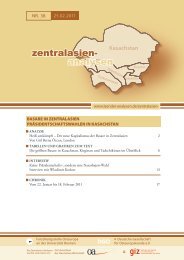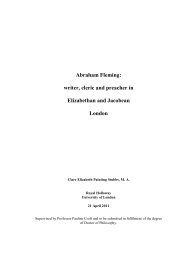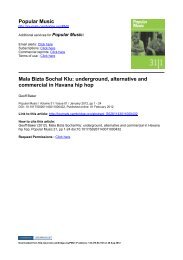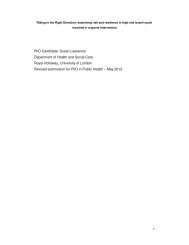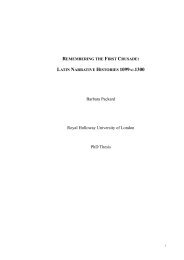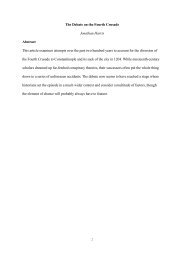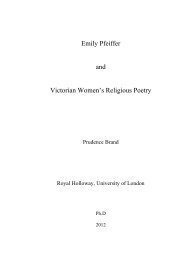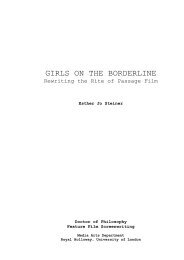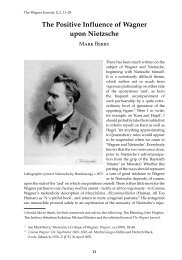Dynamic Capabilities: A Review and Research Agenda
Dynamic Capabilities: A Review and Research Agenda
Dynamic Capabilities: A Review and Research Agenda
Create successful ePaper yourself
Turn your PDF publications into a flip-book with our unique Google optimized e-Paper software.
Introduction<br />
Since the 1990s relentless competition has driven firms to constantly adapt, renew,<br />
reconfigure <strong>and</strong> re-create their resources <strong>and</strong> capabilities in line with the competitive<br />
environment. This is captured in the notion of dynamic capabilities (Teece et al. 1992,<br />
1997; Eisenhardt <strong>and</strong> Martin 2000), which has provided an important impulse in<br />
empirical research. <strong>Dynamic</strong> capabilities encapsulate wisdom from earlier work on<br />
distinctive competence (Selznick 1957; Learned et al. 1969), organisational routine<br />
(Nelson <strong>and</strong> Winter 1982), architectural knowledge (Henderson <strong>and</strong> Clark 1990), core<br />
competence (Prahalad <strong>and</strong> Hamel 1990), core capability <strong>and</strong> rigidity (Leonard-Barton<br />
1992), combinative capability (Kogut <strong>and</strong> Z<strong>and</strong>er 1992) <strong>and</strong> architectural competence<br />
(Henderson <strong>and</strong> Cockburn 1994). Empirical research illustrating evolution of firm<br />
capabilities dates back before the 1990s (see, among others Fredrickson 1984, <strong>and</strong><br />
Eisenhardt 1989), <strong>and</strong> has flourished since then.<br />
Yet, the search for an enhanced underst<strong>and</strong>ing of dynamic capabilities continues.<br />
It is argued that in theory dynamic capabilities exhibit commonalities across firms<br />
(Eisenhardt <strong>and</strong> Martin 2000). However, such commonalities have not been<br />
systematically identified heretofore. <strong>Research</strong>ers refer dynamic capabilities to a wide<br />
range of resources, processes <strong>and</strong> capabilities. As a result, the literature is featured by a<br />
mixed use <strong>and</strong> interpretation of terminologies (Thomas <strong>and</strong> Pollock 1999). In addition,<br />
empirical studies to date have primarily addressed firm- or industry-specific processes<br />
pertinent to dynamic capabilities based on case studies. Thus far, research on dynamic<br />
capabilities has been conducted on a piecemeal basis <strong>and</strong> research findings remain<br />
disconnected. It is imperative to synthesise the conceptual debates <strong>and</strong> the diverse<br />
empirical findings toward a more integrated underst<strong>and</strong>ing of dynamic capabilities. The<br />
2



